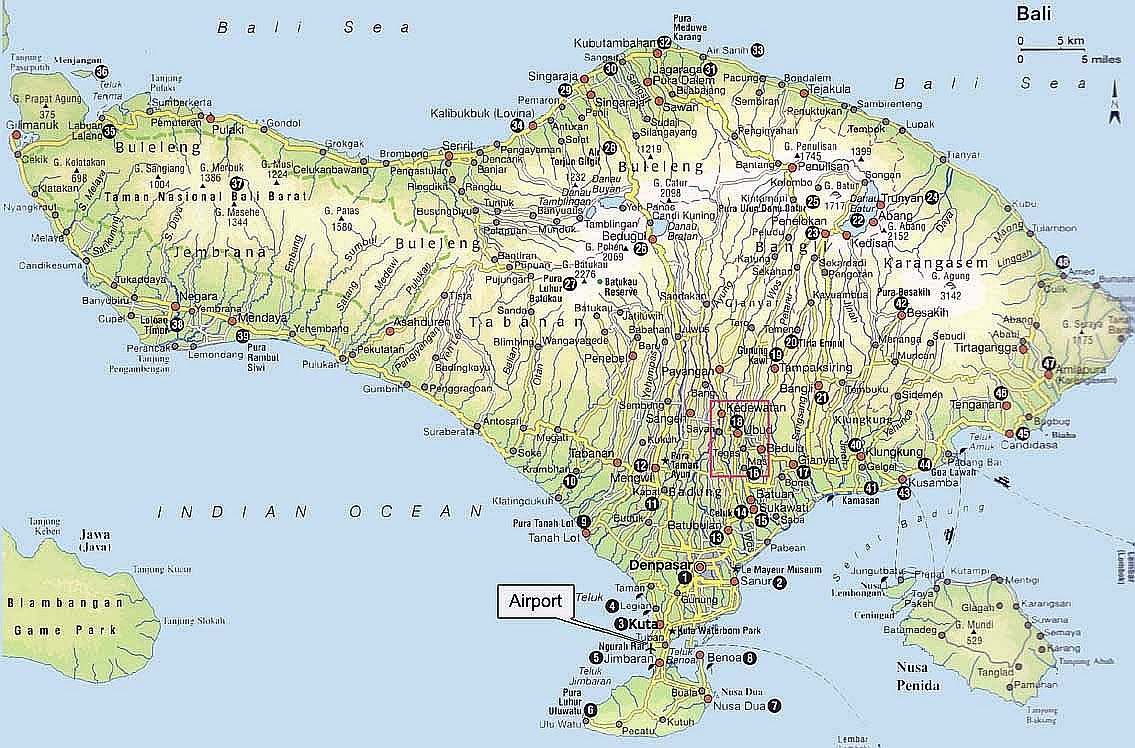
Arabica vs. Robusta
What is the difference between Arabica and Robusta coffee?
While both widely cultivated, Coffea Arabica (Arabica) and Coffea Canephora (Robusta) display marked differences. The beans are different. The plants are different. And consequently, the use varies as well.
Arabica is grown at higher altitudes. Its cultivation demands great care, and it can be likened to the finest grapes grown at the world’s leading vineyards.
Robusta, as the name suggests, is a hardier plant, and it displays greater resistance to climate and weather conditions, diseases and heat.
Perhaps the most significant difference rests in the cup.
Arabica is distinctly milder and more aromatic. It possesses fewer sharp and bitter tastes than Robusta, and it is therefore considered the superior species by those who cultivate specialty coffees, single estates and varietals.
Robusta is renowned for its higher caffeine content, which is why Italians began using it for espresso.
The coffees are also botanically different. Arabica’s greater complexity derives from its 44 chromosomes – twice the number of Robusta. An Arabica bean is flatter and more elongated; in addition, and the furrow on its flat surface is elongated. It is relatively deep green in color before roasting, sometimes with a bluish tinge.The Robusta bean is more convex and roundish. The bean’s furrow is straight, and it is pale green with grey or brownish tinges.
Arabica is the more expensive of the two, another factor in why Robusta is sometimes used in blends.







